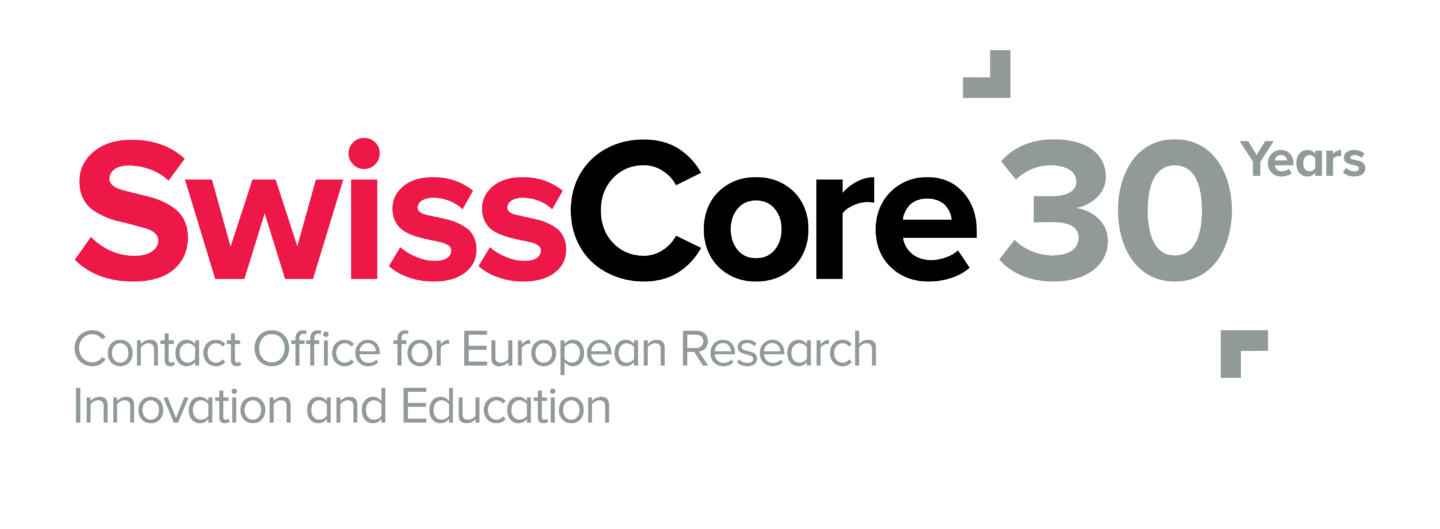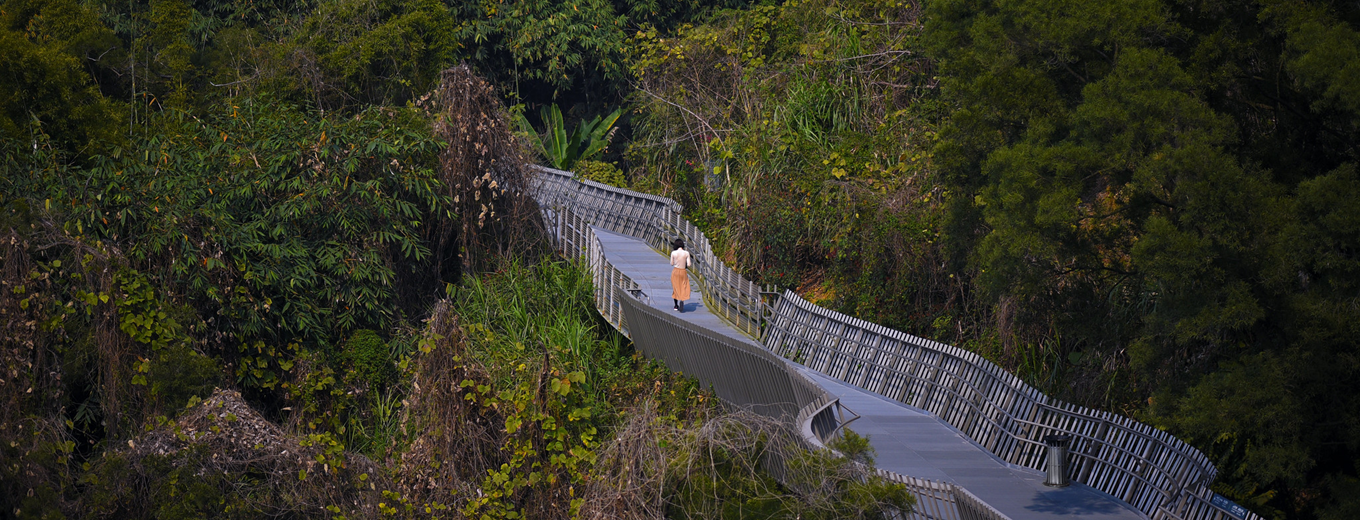A new Commission report shows how Technology Readiness Level reporting supports performance tracking and funding decisions in Horizon Europe.
With snakes descending into innovation’s “valleys of death” and ladders climbing to the land of “unicorns”, the unpredictable and uncertain life cycle of start-ups often resembles a game of Snakes and Ladders. Identifying where a project sits on this journey is crucial to de-risking investment, facilitating communication and accelerating commercialisation. First used in the 1970s by NASA to assess the readiness of a proposed Jupiter Orbiter spacecraft, the Technology Readiness Level (TRL) is a standardised 9-point scale that evaluates the progression and maturity of a technology. The TRL scale establishes a common language among researchers, engineers, and decision-makers, enabling effective communication and monitoring technological progress. First introduced in Horizon 2020, TRLs have been used as a metric to determine the stage of innovative projects, but also to evaluate the effectiveness of EU R&I programmes and ensure funding is balanced across different parts of the innovation journey and among organisations. Projects report their level at the beginning, middle and end of the grant period, with TRL1 being the initial stage and TRL9 the final stage.
By using TRL data reported by Horizon Europe beneficiaries, the Scaling up Ideas report written by the Commission’s Directorate-General for Research and Innovation, analyses and evaluates the performance of Horizon Europe funding. The report focuses on the stages to which funding is allocated, how projects progress through these stages, and the types of organisations and sectors involved at each point. Overall, the analysis reveals a consistent progression from lower to higher TRLs, with most projects advancing by 2 or 3 TRL stages within a timeframe of 36-48 months. For innovation, project evolution in Pillar III of Horizon Europe demonstrates clear progression towards market outcomes and real-world applications, as more than half of the projects reach TRL6 to TRL8, and 13% reach TRL9. For EIC projects, the analysis indicates that most funded projects are expected to reach TRL8 by the end of the grant period. This is evidence of the important role the EIC plays in ensuring ideas reach the high levels of the TRL scale thereby steering start-ups away from tumbling into the pre-commercialisation ‘valley of death’ that holds back innovation from becoming marketable products.
When it comes to monitoring the balance of funding across different stages, the report reveals that, based on their sample of projects, 68% Horizon Europe funding is currently concentrated in projects at stages TRL5 and TRL7, and 16% allocated to later stages TRL8 and TRL9. An interesting trend can also be observed when the distribution of funding across organisations and sectors is considered. The analysis shows that higher or secondary education institutions receive most of the funding at lower TRLs, while companies and for-profit entities receive more funding as projects progress to higher TRL stages. This confirms that fundamental research is typically led by universities, and as innovation gets closer to the market, businesses step in. Moreover, data shows that SMEs comprise the majority of companies receiving funding across the TRL scale, apart from stage 2, representing the importance SMEs play in Horizon Europe. Lastly, research organisations are funded across the TRL scale, suggesting that they bridge industry and academia.
These insights provide a snapshot of technological maturity across Horizon Europe, however, the limitations of TRL data must be acknowledged. Voluntary TRL reporting, a lack of verification by scientific officers and the use of a technological scale to assess non-linear innovation and progress in social science domains weaken TRL analyses. The report recognises these weaknesses and proposes simplifying, improving and expanding TRL reporting regulations to ensure high-quality data and, consequently, high-level monitoring. To address the domain-specific limitations of the TRL scale, a Social Readiness Level (SRL) is being trialled in the Horizon Europe Work Programme 2025 for Cluster 5. The SRL intends to assess the social impact and societal acceptance of an innovation, thereby developing a metric that tracks the evolution of projects with significant social implications.
By creating a common and accessible language for scientists, entrepreneurs and decision-makers, the TRL scale plays a vital role in visualising, summarising and narrating EU-funded innovation from concept to market. As the Scaling up Ideas report demonstrates, TRL data, despite its limitations, not only helps track the progression of individual projects but also provides insights into how funding is distributed, how different types of organisations engage at different stages, and where gaps or risks might emerge.

